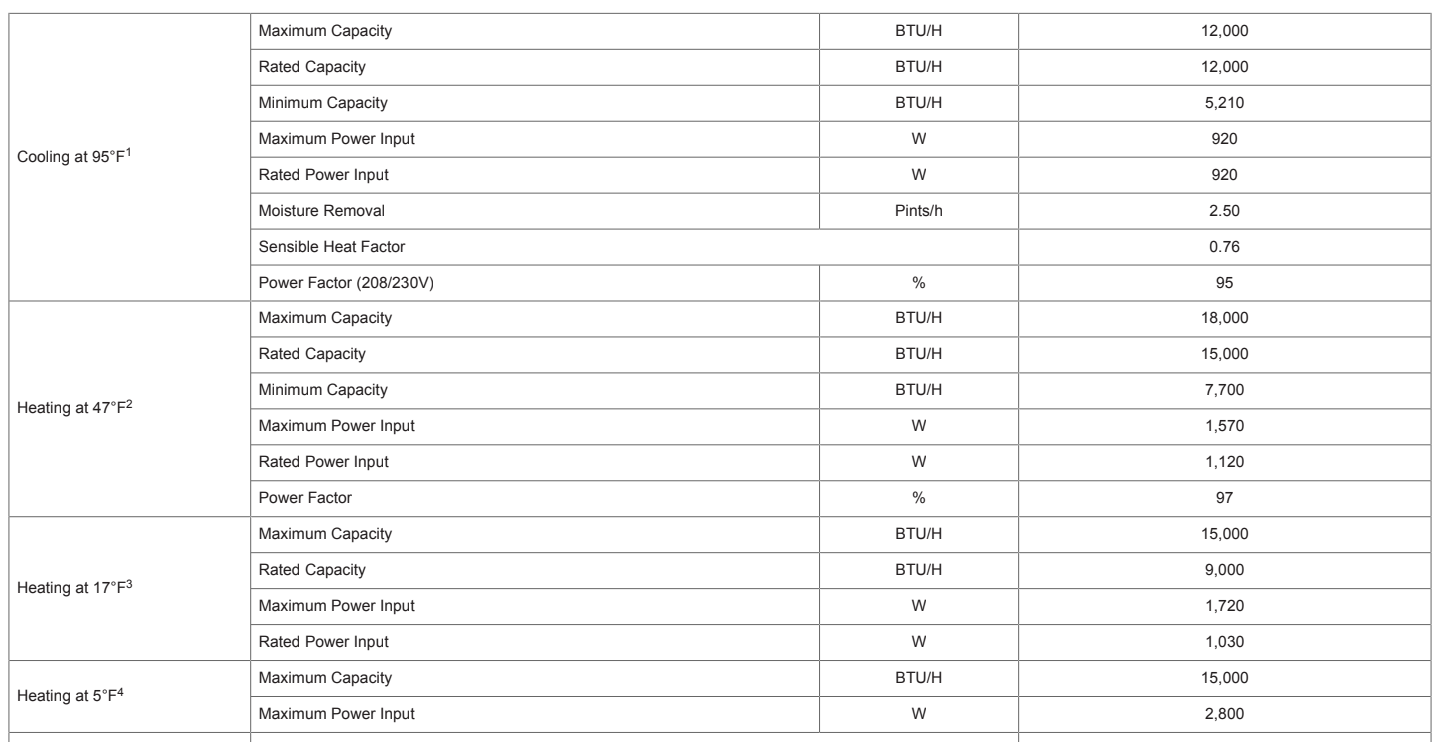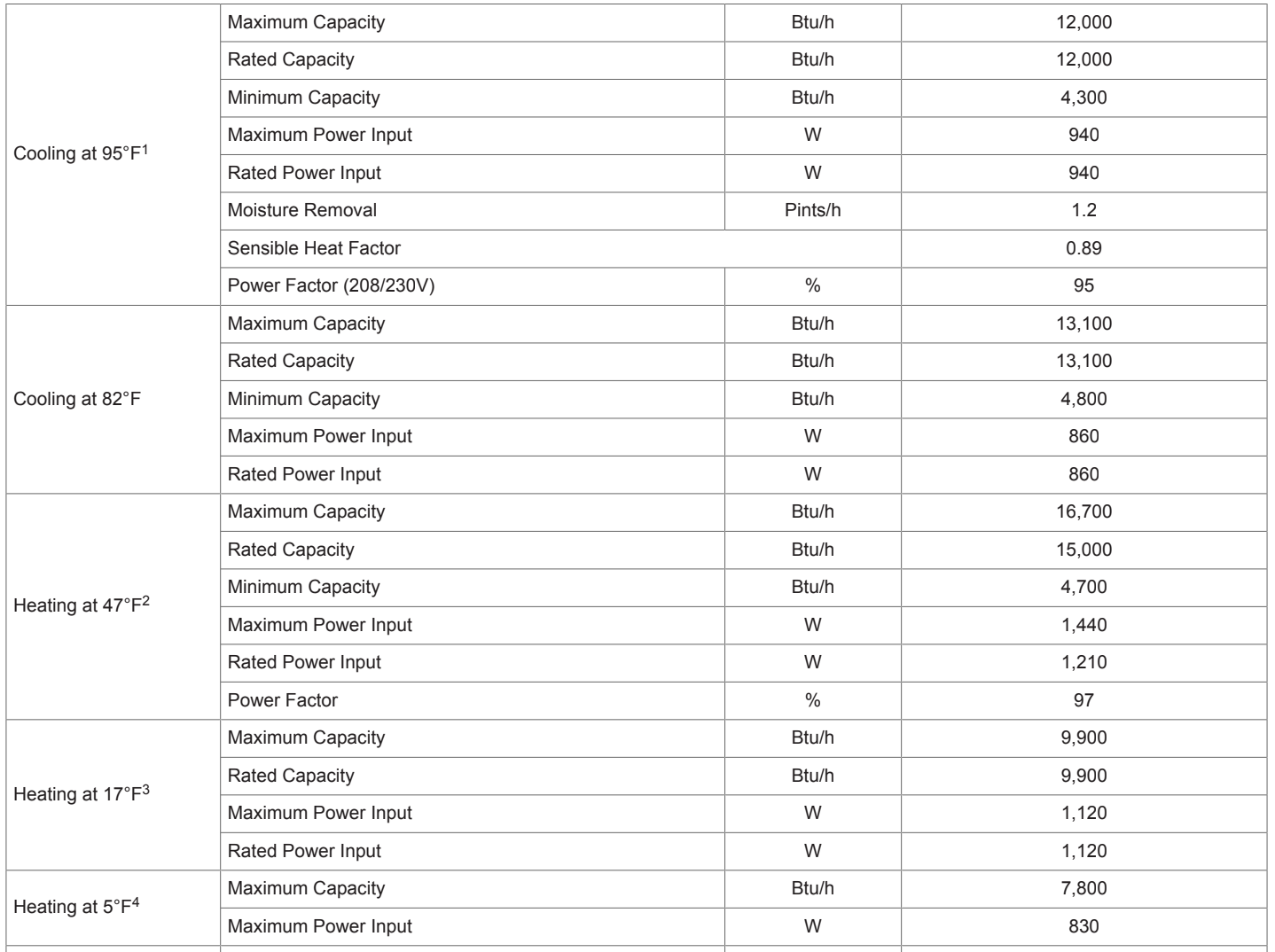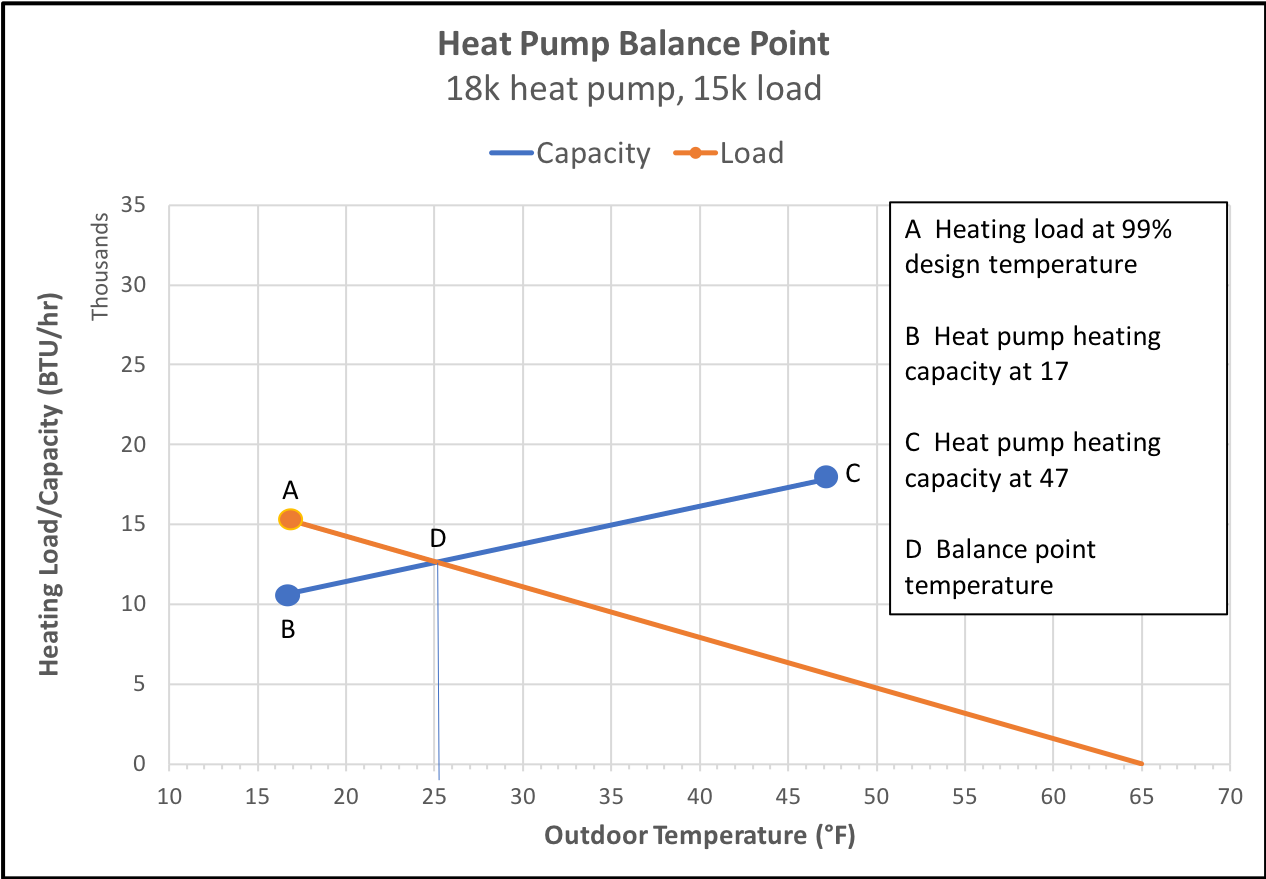Get Tech Tips
Subscribe to free tech tips.
Thermal Balance Point
Thermal balance point is a concept that is going to start mattering a lot more in years to come as more and more homeowners become interested in electrification. In almost all cases, the heat load for a house is larger than the cooling load; this is true even where I live in Dallas, Texas. Why is that? And what possible consequences does this hold for switching from a furnace to a heat pump?
A Potential Blind Spot
Let’s assume we are replacing a complete system in Dallas, TX. It’s a 4-ton system with a 100k BTU 80% furnace. It has never had any problems “keeping up” in the winter, so the heat load isn’t really even on my mind, but let’s still look at the total cooling vs. total heating capacity: 48,000 BTUs for cooling and 80,000 BTUs for heating. This furnace is likely oversized, but how much? Again, because I live in Dallas and have only once received a call for a furnace “not keeping up” (and that was in very severe weather), the heat load is really not on my mind. I get calls all the time for the AC “not keeping up,” so the heat load is a blind spot. I’ve never really had to worry about it before.
Why is the heat load larger than the cooling load even in Dallas, TX, and why do we never notice it? This is where understanding just a little bit about Manual J comes in really handy. What is the main determining factor of load on a house? Temperature differential.
A Little Math
Here is the formula for heat loss/gain through a wall in BTUs:
U X Wall Area X Delta T
U is the inverse of the R-value, and everything else is pretty straightforward. Let’s do two very simple examples, one for winter and one for summer.
For summer, I want my house to be 75 degrees inside, and a design day is 99 degrees here. So, the delta T is 99-75 = 22.
Let’s use an 8-foot-tall wall that is 10 feet long for simplicity. So, the wall area is 8’x10’ = 80’.
Let’s say the wall is R-11. U = 1/R, so 1/11 = 0.09.
So, the gain through the wall is 0.09 X 22 X 80 = 158.4 BTUs.
For winter, I want my house to be 70 degrees inside, and a design day is 27 degrees here. So the delta T is 70-27 = 43.
Everything else remains the same, so the gain through the wall is 0.09 X 43 X 80 = 309.6 BTUs.

My load across the wall almost doubled! Just because you live in a cooling-dominated climate does not mean that you don’t need to be careful with your heat loads. All that “cooling-dominated” really means is you have more cooling days than heating days, but it doesn’t tell you anything about the intensity of those heating and cooling days.
Electrification Problems
Imagine this scenario: you have a homeowner who is interested in electrification and wants a heat pump. You install a heat pump, but for a number of reasons (like saving on costs and convenience), you decide not to run a new electrical wire to the attic and just switch the breaker from a 120 to a 240. After all, the air handler is just running a fan, and we are installing a cold-climate heat pump with full capacity down to 5 degrees.
A lot of cold-climate heat pumps have higher heating capacity than their rated cooling capacity, like this Mitsubishi matchup for the SEZ-KD12NA4 & SUZ-KA12NAHZ. It’s a 1-ton unit with 1.5 tons of heating capacity at 47 degrees. It can maintain 15,000 BTUs down to 5 degrees. So, why not just install this or something like it? Why worry about the thermal balance point?

Not all heat pumps are created equal. Here is another Mitsubishi matchup that isn’t as good at low-temperature heating. These are both 1-ton units.
This matchup is compatible with heat strips, so this may be a better choice in some cases.

But the issue has never fully been that heat pump performance typically starts to dive off around 35 degrees; it’s also about the fact that most heat loads are just larger than cooling loads due to temperature differentials in winter vs. summer. The only way you’re going to figure out what you really need to install is to use Manuals J and S. Otherwise, you could end up undersizing the heating system enough to upset your customer.
Thermal Balance Point
That’s where the thermal balance point part of Manual S comes in. Once you’ve done a block load calculation, you select your equipment and enter its performance data into the Manual S speed sheet. The very bottom of the speed sheet has the section to enter the data for it.

As seen in the charts above, the heating capacity for a heat pump drops as the outside air temperature drops. The thermal balance point is the temperature at which the load of the house and the capacity of the heat pump meet. Manual S looks at that temperature and compares it to your winter design temperature. In the case shown above, the heat pump has a thermal balance point of 36 degrees, and as mentioned, my winter design temperature is 27 degrees. This particular unit is a high wall mini split, so there is no heat kit.
Here is a balance point chart from an Energy Vanguard blog where Allison Bailes discussed the same topic:

To find the thermal balance point, you need:
- The block load for the house
- The heating set point
- Equipment capacity at 47 degrees
- Equipment capacity at 17 degrees
Manual S then makes a recommendation for a heat kit size based on the gap between the heat pump heating capacity and the heat load at design conditions.
Conclusion
In summary, when switching to a heat pump from a furnace, you are exposing yourself to serious risk if you don’t do a load calculation and check the thermal balance point for the new heat pump you are installing.
Many of us are installing ducted and ductless mini splits because of their great low-temperature heating performance. However, many of these units don’t have heat kits and are not designed for them. The danger here becomes obvious: the gap between the heating and cooling load can be significant. That, coupled with a lack of heat strips and defrost cycles, can be a formula for disaster if we’re not careful.
—Matt Bruner
P.S. – If you want to learn more about sizing mini splits, check out THIS free course on ESCO Group's HVACR Learning Network. You can also earn NATE and HVAC Excellence credits upon completion (take the NATE assessment for $2.99 or for FREE with an All-Access Subscription Bundle).











Comments
To leave a comment, you need to log in.
Log In